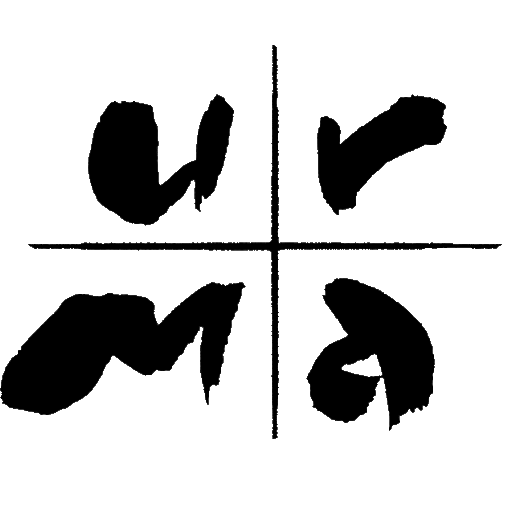Four days with URMA: The annual 2015 conference through a new member’s eyes
One reason that I enthusiastically joined URMA this year was for its ability to provide real-time feedback and creative suggestions on many topics related to magazine design, as well as the writing and pitching/promoting of university research. Bonus: This feedback came from talented people in the industry – who regularly offered up samples of their work and talked about the creative process on their respective campuses. Life as a university communicator can get lonely. Faculty don’t always understand, or may openly devalue, how we break down their life’s work for mass consumption. The alumni and VIPs who receive our glossy pubs may never write back and say “thank you!” or “great job.” In fact, I have yet to receive any fan mail.
Now, I will never need to – I found URMA.
A few words about writing
There’s no better way to talk about how to create better publications than to show how that work is done. Maryn McKenna’s opening session about sensory-rich writing that creates an instant sense of time/place and/or personality helped me approach the problem of “sterile writing”: Science or research stories that perfectly grasp the science involved, but fall flat when it comes to capturing reader interest. It offered basic suggestions for writing about science in a more compelling way:
- Ask your subjects(s) about unique, noticeable aspects of their office, attire, desk layout. Why those socks? Where did that rock come from?
- Get to know them beyond the science. Who inspired you? Why this research? Why now?
- Recreate the place where the science happens, or the feelings evoked by the problem your writing about, or the solution being implemented.
Back on campus and just two weeks away from assigning our 2016 research report stories, I’m using advice from that session to scale back the number of stories we will feature. The slimmed-down story count should allow us to expand word count slightly, giving each story a little more room to breathe, grow and ultimately connect with readers who might be fellow scientists, a scientist’s mom, an interested angel investor or prospective commercial partner.
Taking a closer look at photography
Same thing with photos. The keynote session by Dan Winters was a fascinating fly on-the-wall look at his job photographing some of the world’s most photogenic people. While few of us have his talent for carpentry, his contact list or his decades of experience with America’s best faces, he offered some simple advice: the pensive pose. Not all of our faculty can pull off sitting in a chair quite the way that Fred Rogers or Denzel Washington can, but the textures, hand placement and where his subjects directed their gaze gave me something to talk about – and show – to our photo team back at UW-Milwaukee.
I also appreciate how commonsense his advice was. Whether you’re working with rock stars and NIH research stalwarts, sometimes you just know, immediately, when you take the right image. And the process of getting to that one great image is about finding some common ground, or striking up an easy conversation with the person on the other side of the lens. Kind of sounds like interviewing, doesn’t it?
Then there was the “rock star of research reporting” session, featuring Mary Loftus of Emory University and Cynthia Crick of the CDC. When Ebola comes to campus, no other story can compete, but other news organizations certainly can. Loftus and her team offered a detailed look at how to cover a major international news story happening on your campus, even when the principal sources are not available for comment – except on CNN, The Today Show and The New York Times. Hiding behind a potted plant to get a coveted photo, doing a rewrite after the story’s first draft fails to connect with your editor, the text cover and a commissioned illustration of the floor plan of the Ebola ward were concrete examples of the little things that research communications staff can control, even in the midst of a runaway news story.
Southern hospitality? Y’all better believe it!
Was the conference in Atlanta informative as well as fun? Absolutely. “Hotlanta” lived up to her meteorological reputation. Southern hospitality was strong amongst the URMA attendees – from John Toon and the Georgia Tech team who are top notch communicators and event planners to every last person that I met during the conference: Pennsylvania to Idaho and Texas to the U.K. I did struggle to find many other Midwesterners, but it’s true that we flatlanders don’t like to leave home much.
My best memory was a warm, winding evening walk through downtown Atlanta, which inevitably followed beer and burgers (at Vortex). It was great to cover a few miles, take in some interactive and inspiring public artwork and make personal and professional connections research-comm talent from around the country. I am pretty sure the University of Wisconsin System will be under a travel ban next year, as well, but I’m going to do what I can to make it to every URMA conference. It’s a good time, and a great opportunity to reinvest in your career by sharpening your skills, learning from talented peers and getting insight on new trends in research communication.
A big thank you to John Toon and team for hosting, Rachel Coker for offering the travel grant on behalf of URMA, and to all of you. Your hospitality and insight are most appreciated.

